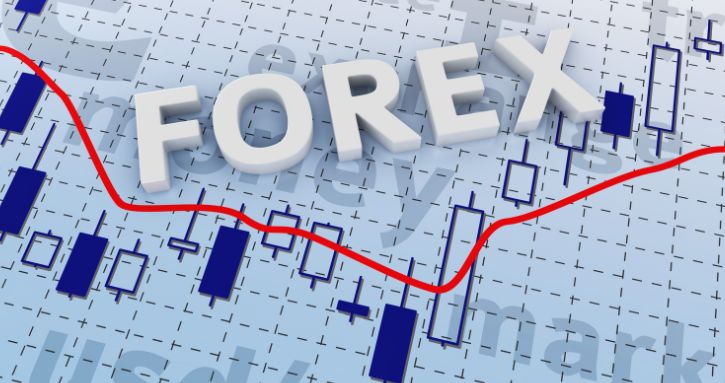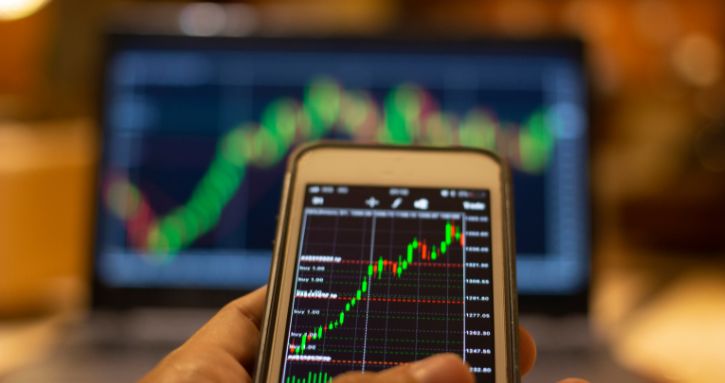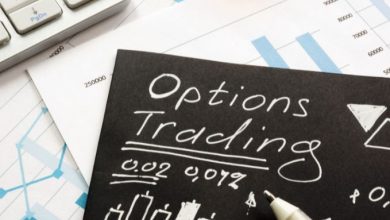A Beginner’s Comprehensive Guide to Navigating the World of Forex Trading
Forex trading is a global marketplace where currencies of various nations are traded against each other. Forex, short for foreign exchange, is an exciting landscape that sees more than $6 trillion worth of transactions daily, making it the world’s largest and most liquid financial market. From multinational corporations and hedge funds to individuals like you and me, the Forex market is accessible to all and never sleeps. This worldwide trading phenomenon is a means for profit and plays a significant role in shaping global economies, influencing exchange rates, and even impacting international relations.

The Mechanics of a Forex Trade
To truly understand Forex trading, we must first know its mechanics. Let’s simplify it. Imagine you plan to visit Europe from the US, and thus need Euros. You exchange or ‘sell’ your US Dollars to ‘buy’ Euros. This scenario, on a much grander scale, is Forex trading. Two currencies form a pair, wherein you sell one to buy the other. A typical forex trade involves assessing how much one currency will be worth relative to another currency, making a trade based on this analysis, and waiting for the outcome.
Major Currency Pairs and Their Significance
In the Forex market, currencies are traded as pairs. The ‘base’ currency is the one that can be bought or sold against the ‘quote’ currency. The major pairs involve the US Dollar- the world’s leading currency, reflecting America’s status as the world’s largest economy. Examples include EUR/USD (Euro and US Dollar), GBP/USD (British Pound and US Dollar), and USD/JPY (US Dollar and Japanese Yen). These pairs are significant as they represent the globe’s most powerful economies and trade in substantial volumes, offering high liquidity.
Forex Trading Strategies: Technical Analysis, Fundamental Analysis
Just like chess, soccer, or any game that requires strategy, so does Forex trading. Two popular methods used by traders are ‘technical analysis’ and ‘fundamental analysis’.

Technical analysis involves studying price charts to identify patterns and trends, which traders use to predict future price movements. This method is based on the premise that ‘history tends to repeat itself’.
In contrast, fundamental analysis involves studying economic indicators, including inflation rates, interest rates, political stability, and employment figures. Traders leveraging this strategy believe that these factors impact a country’s currency strength and value.
Both methods require skills and practice, and often traders use a combination of both to make informed trading decisions.
Risk Management in Forex Trading
Forex trading, just like any form of investment, carries potential risks along with the prospect of profits. Prudent risk management is critical to protect you from significant losses. One common method is using ‘stop-loss’ orders, where you predefine a level in the price movement to exit your trade to prevent further loss.
Another approach is ‘position sizing’, which recommends risking only a small fraction (usually 1-2%) of your trading account on a single trade. This way, even multiple losses won’t deplete your trading capital.
Steps to Start Forex Trading
Embarking on your Forex trading journey may appear daunting at first, but with meticulous learning and preparation, you can navigate this exciting venture.
- Educate Yourself: Learn about Forex trading, its jargon, mechanics, strategies, risks, and nuances. Numerous online resources, books, and courses can assist you. The Tokenist reports that a significant 72% of those involved in forex trading have not previously traded in other markets, highlighting a notable trend in the demographics of forex traders. This statistic emphasizes the unique and diverse nature of participants in the forex market, where a considerable portion of traders is venturing into the financial markets for the first time.
- Choose a Reliable Broker: Brokers act as the liaison between you and the Forex market. Choose a regulated broker with excellent reviews, fair fees, robust trading platform, and good customer service.
- Develop a Trading Strategy: Whether technical, fundamental, or a blend of both, define your trading strategy and stick to it. Your method should detail when to enter and exit a trade, how much to risk, and what pairs to trade.
- Practice: Most brokers offer demo accounts where you can trade with virtual money, enabling you to practice your strategies and understand the trading platform without risking real capital.
- Start Trading: Once confident, start live trading but begin with small amounts. Continue learning, adapting, and improving your strategy.
Remember, success in Forex trading doesn’t come overnight. It requires persistence, discipline, and continual learning. So, ready for your Forex adventure? Good luck!
Resources:




